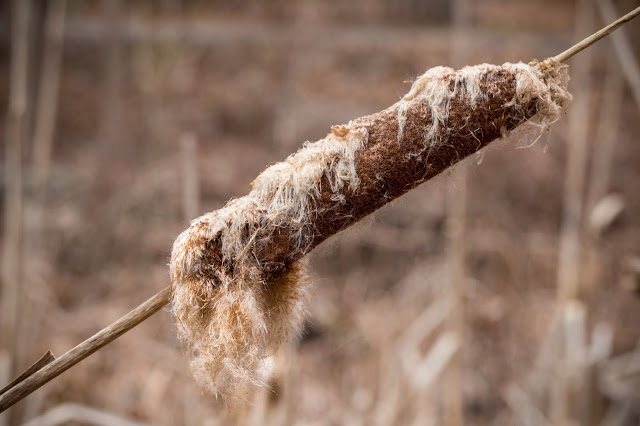THE EXCEPTIONAL BEAUTY OF THE NORTHERN FLICKER
Lovely Patterns and a Bright Yellow Surprise
 |
| Northern, or Yellow-shafted Flicker - looks relatively plain, right? You might even pass them by when walking in the woods. Read on, my friends - you're in for a surprise :>) |
The majority of our woodpeckers are black and white with touches in red. They are all beautiful birds, but we rarely even notice one of the truly stunning woodpeckers that are common in our woods. This is a posting just for Flickers.
The Flicker is a common bird but is know to be in a sharp and rapid decline in numbers. My guess is that loss of habitat explains a whole lot - they are found where there are trees (and ants), and trees are one of the first things to go when buildings are put up. It will be a less wonderful world if the Flickers disappear.
The Northern Flicker, also called the Yellow-shafted Flicker, is an unusual woodpecker in a few ways. First, in my mind, is their patterning and colors - vibrant yellows, polka dots, a black moustache in the males - everything about their coloration is different from the rest of our woodpeckers and startling when we take notice.
Here is a link to the Cornell University page for the Northern Flicker. Here you can listen to their call, if you like, and read more about them. I am going to use both names interchangeably in this post.
https://www.allaboutbirds.org/guide/Northern_Flicker/id?gclid=CPXuqJjq59ICFVtMDQodwfoF7g
These birds are a little chunkier than Blue Jays and about the same size. They are common in the woods and feed regularly on the ground. Ants and beetles are a favorite food. Unlike their woodpecker cousins, the Flicker has a slightly curved bill made for digging in the ground for their meals. They also can be seen in trees, and we often see them eating ants that are crawling on trees.
 |
| Female Yellow-shafted Flicker feeding on the ground. Notice the lack of a black moustache. |
 |
| Male Yellow-shafted Flicker feeding on the ground. Notice the black moustache at the corner of his bill. |
They take off from the ground with a bright patch of white on their rump being the most obvious thing you see - it looks like cotton. I don't have images of the birds in flight, but these pictures show the bright white rump.
 |
| Here the white rump is bvious, and it's even more so when they are flying away from you. This picture gives a hint as to why they are called yellow-shafted. |
 |
| Same male as shown above but from a slightly different angle - again, note the moustace. |
I looked through all my over 12,000 bird images and only found two with females; strange, and it surprised me enough that I'm keeping an extra sharp eye out for more. Both are old pictures, small in size from an Olympus point-and-shoot camera I used when first starting out taking pictures. Apologies for the lack of quality but you can at least see the differences between male and female faces.
Northern Flickers do migrate to some extent, and perhaps this has an effect on how many females I see in late winter and early spring.
 |
| Female Northern Flicker - no moustache |
Birds don't often sit still and they don't like to be too near me - I'm a big, scary creature with a big thing that gets pointed at them. There are wonderful bird photographers who do this for a living and make awesome images. I'm happy to get some nice pictures when I do, and these are such wonderfully colorful woodpeckers that I am compelled to keep trying for better and better photos.
The name "yellow-shafted" doesn't begin to tell you how beautiful these birds are when the yellow color is shown. Take a look at these pictures! How gorgeous is this male!
 |
| Stretching feels so good! |
 |
| Ahhhhhh |
 | |||
| Those muscles just need to worked! |



































































